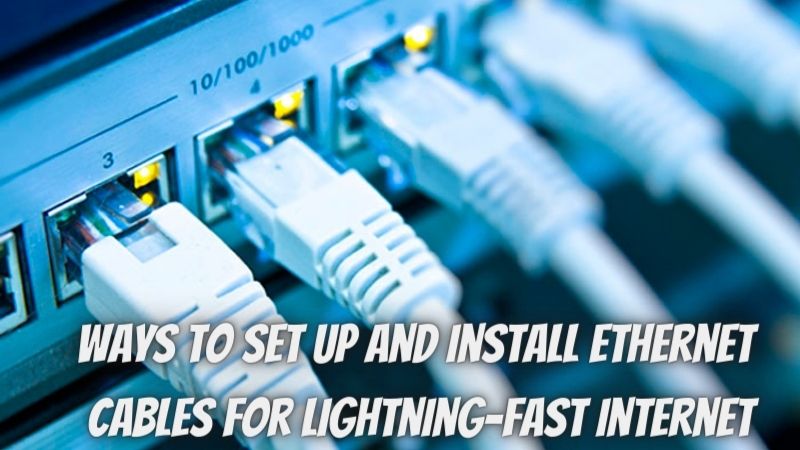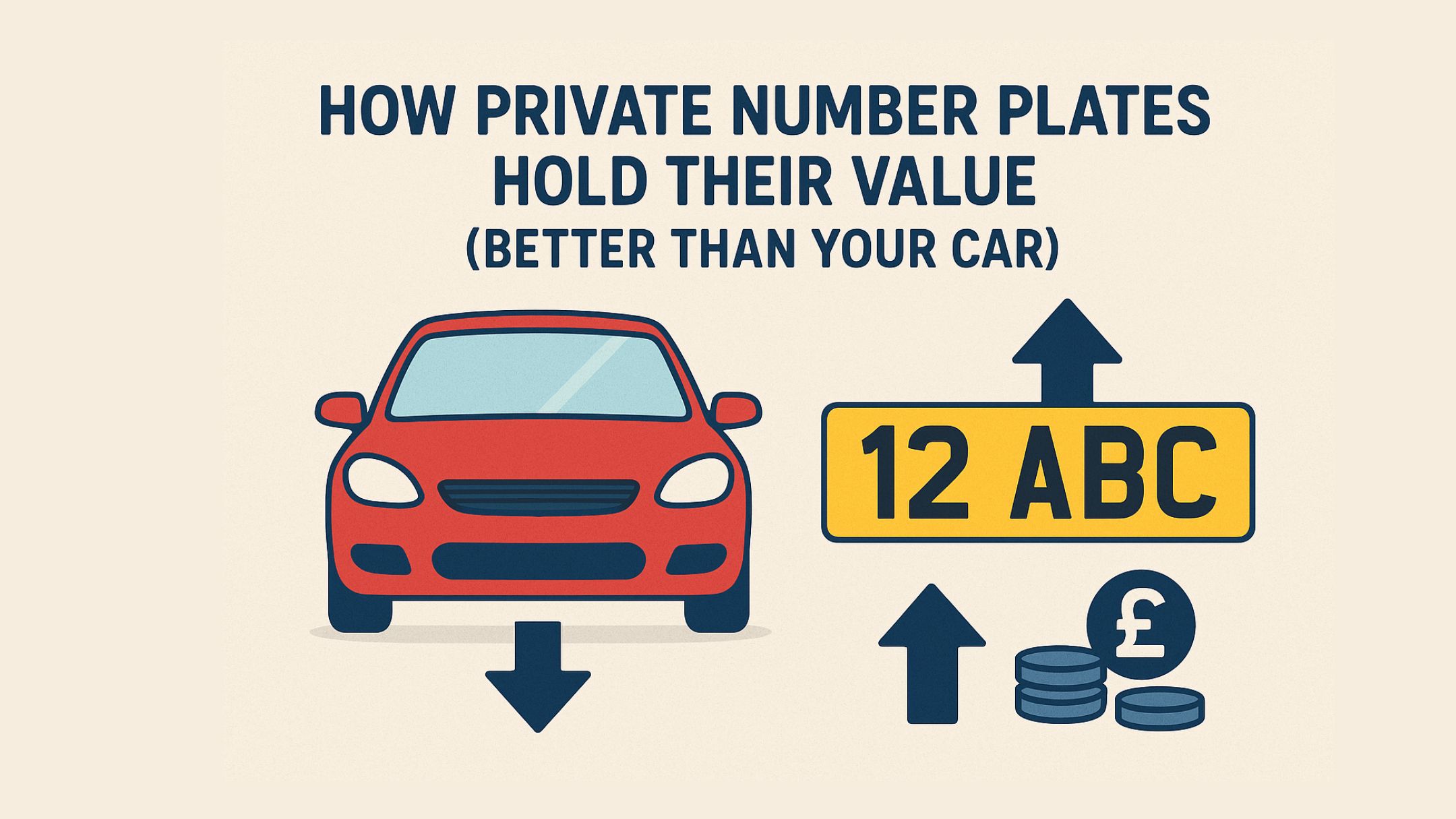When using ethernet for quick internet and downloading speeds, you need to know the proper methods for setting up and installation to help with internet reliability, connectivity, and data processing speeds. Suppose you skip a step in the installation process. In that case, you may find yourself with an unstable and insecure internet connection that can lead to long waiting speeds, data loss, and malware interruptions.
3 ways to install bulk network cables
When installing Ethernet cables for your home internet, you first need to decide what types of cables you require. There are different types of ethernet cables, each with its own processing speeds, advantages, and disadvantages.
- Profinet – this type of industrial ethernet cable is best for protecting signals.
- Cat6 – this ethernet cable has large weirs, can be run longer distances, and supports up to 10Gbps in the bandwidth, providing a higher-quality alternative to Cat5 and Cat5a bulk network cables.
- Cat6a – Cat6a cables have double the capacity of Cat6 cables, perfect for large-scale businesses and corporations that need to run wires over 100 meters in length.
- Cat7a – This type of cable supports frequencies up to 1000 MHz and is the most expensive out of the bulk network cables.
Once you choose the ethernet cable wiring for your home or business, it is time to properly install bulk network cables at your location.
Tip #1: cross power the cable
When setting up ethernet cables, you need to cross power the cable at a 90-degree angle in order to prevent any potential for interference between various signals. Make sure you ask a professional to install bulk network cables if you do not have experience with installing ethernet cables.
Tip #2: don’t bundle the cables
When dealing with bulk network cables, it may be tempting to bundle the cables tightly to keep them compact and in a tight space. However, you need to prevent bundling the cables too tightly to prevent any damage and negative effect on the cables’ network capabilities. Cables that are bound too tightly can be hard to diagnose and fix if any issues arise in your network.
Tip #3: label the cable
If you have bulk network cables, it can be confusing to keep all of them organized and in the right place. One easy way to make sure you don’t get confused or tangle the cords is by labeling the various cables. Make sure you take note of the location of each cable, how the cable is terminated, and if the cable is an ethernet cable.
Conclusion
When buying bulk network cables, you first need to know what type of cables work for your network’s specific needs and requirements. Do you require extensive bandwidth and high processing speeds, or would you rather have a simple and reliable cable? Choosing the right type of Cat cable ensures your network runs optimally and without issues.
Once you have chosen the right type of ethernet cables, you need to figure out the steps of installing and setting up the cables for home or office use. Make sure you label the cables to prevent tangling, avoid bundling the cables too tightly, and cross power the cable to reduce the chances of interference between signals.




